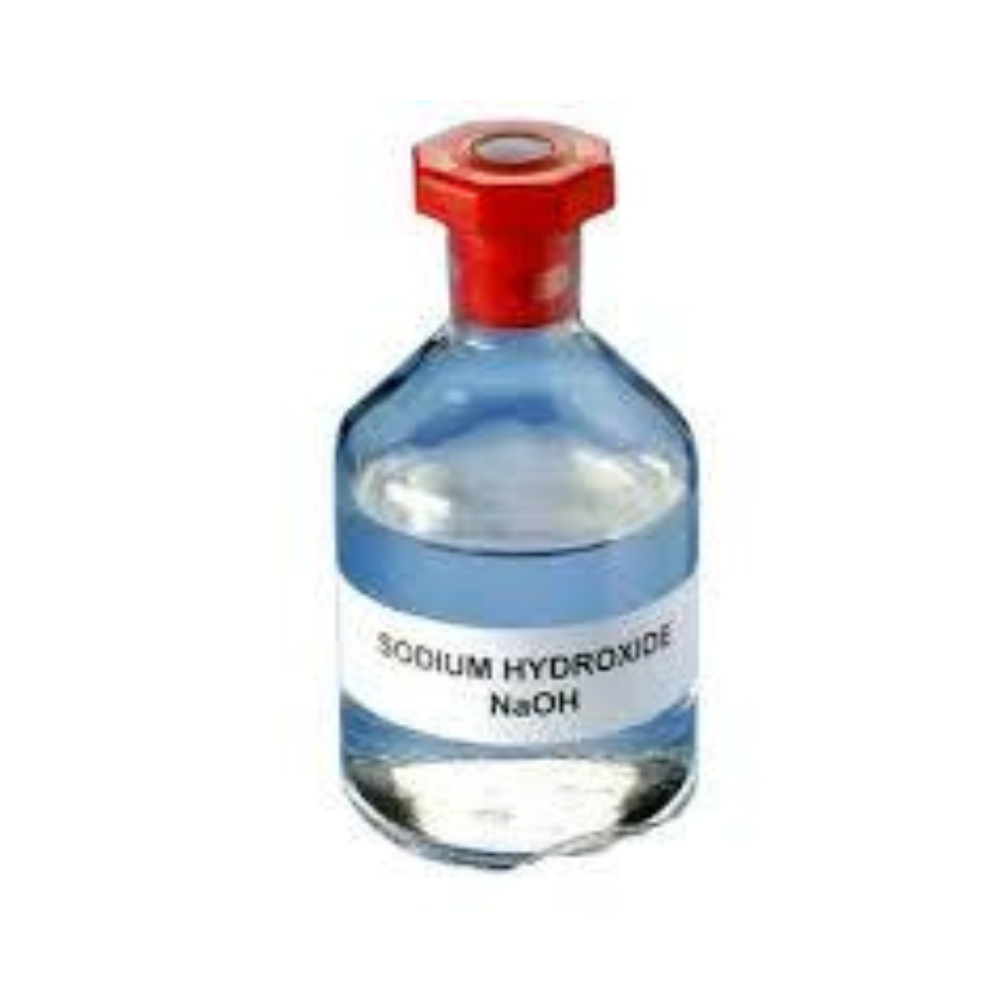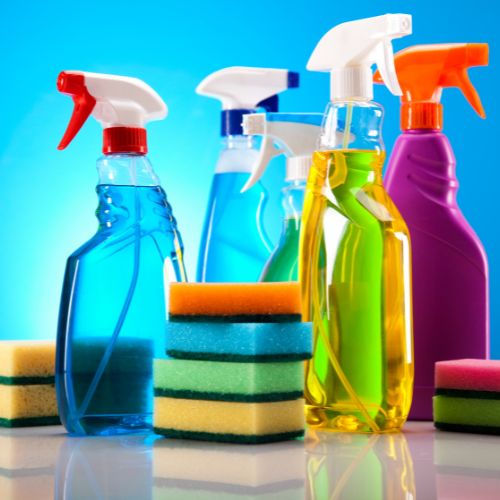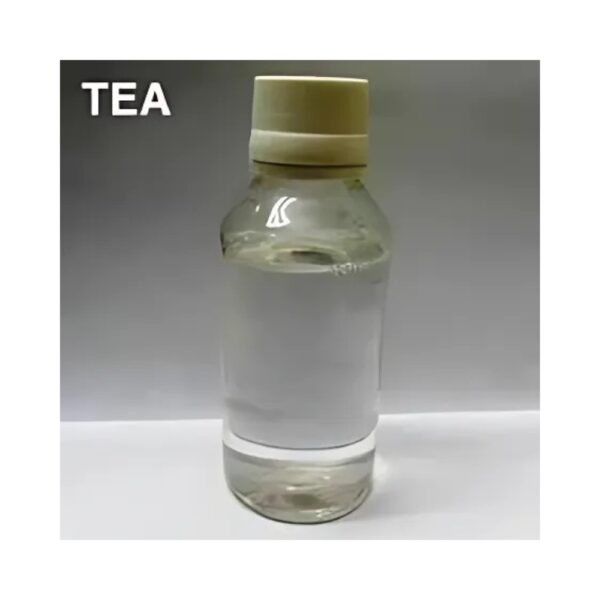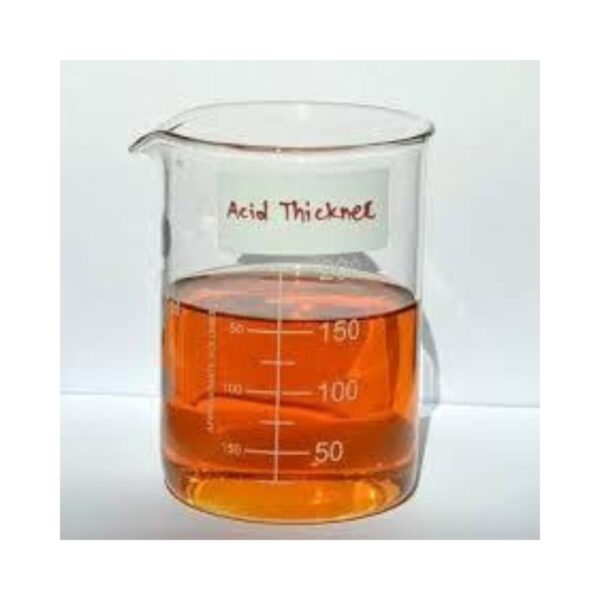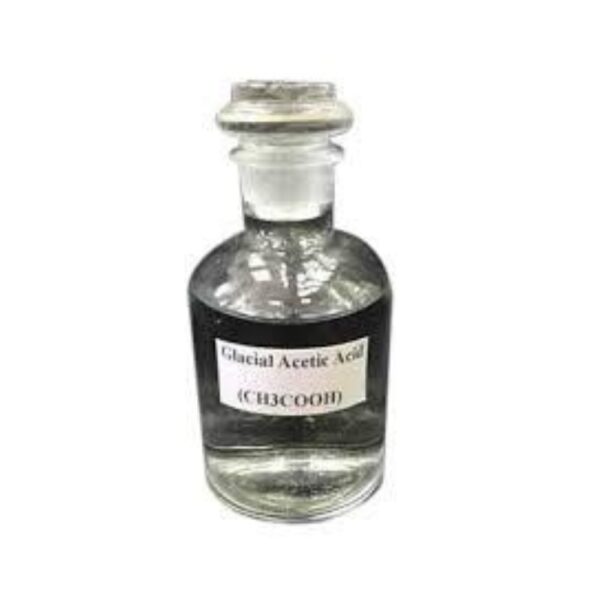Sodium hydroxide solution (caustic lye)
| Form | liquid |
|---|---|
| Formula | NAOH |
| Packaging | 50 LTR, 200 LTR, 250 LTR |
| Purity | 99.99% |
| Shelf Life | 2 year |
| GRADE | Technical |
| CAS NO. | 1310-73-2 |
| Molar mass | |
| Odor | odorless |
| Density | 2.13 g/cm³ |
We are engaged in manufacturing high-quality sodium hydroxide solution ranging from 20% to 70%. Sodium hydroxide, also known as lye and caustic soda, is an inorganic compound with the formula NaOH. It is a white solid ionic compound consisting of sodium cations (Na+) and hydroxide anions (OH−).
Sodium hydroxide is a highly corrosive base and alkali that decomposes lipids and proteins at ambient temperatures and may cause severe chemical burns. It is highly soluble in water, readily absorbing moisture and carbon dioxide from the air. It forms a series of hydrates NaOH·nH2O. The monohydrate NaOH·H2O crystallizes from water solutions between 12.3 and 61.8 °C. The commercially available “sodium hydroxide” is often this monohydrate, and published data may refer to it instead of the anhydrous compound.
As one of the simplest hydroxides, sodium hydroxide is frequently used alongside neutral water and acidic hydrochloric acid to demonstrate the pH scale to chemistry students.
Sodium hydroxide is used in many industries, including the production of wood pulp and paper, textiles, drinking water, soaps and detergents, as a drain cleaner, tissue digestion, chemical pulping, dissolving amphoteric metals and compounds, esterification and transesterification reagent, skincare ingredients, food preparation, cleaning agents, paint stripper, and water treatment.
Like other corrosive acids and alkalis, a few drops of sodium hydroxide solutions can readily decompose proteins and lipids in living tissues via amide hydrolysis and ester hydrolysis, which consequently cause chemical burns and may induce permanent blindness upon contact with eyes. Solid alkali can also express its corrosive nature if there is water, such as water vapor. Thus, protective equipment, like rubber gloves, safety clothing, and eye protection, should always be used when handling this chemical or its solutions. The standard first aid measures for alkali spills on the skin are, as for other corrosives, irrigation with large quantities of water. Washing is continued for at least ten to fifteen minutes.
Moreover, the dissolution of sodium hydroxide is highly exothermic, and the resulting heat may cause heat burns or ignite flammables. It also produces heat when reacted with acids.
Sodium hydroxide is mildly corrosive to glass, which can cause damage to glazing or cause ground glass joints to bind. Sodium hydroxide is also corrosive to several metals, like aluminum, which reacts with the alkali to produce flammable hydrogen gas on contact.
Product Description
We are engaged in manufacturing high-quality sodium hydroxide solution ranging from 20% to 70%. Sodium hydroxide, also known as lye and caustic soda, is an inorganic compound with the formula NaOH. It is a white solid ionic compound consisting of sodium cations (Na+) and hydroxide anions (OH−).
Sodium hydroxide is a highly corrosive base and alkali that decomposes lipids and proteins at ambient temperatures and may cause severe chemical burns. It is highly soluble in water, readily absorbing moisture and carbon dioxide from the air. It forms a series of hydrates NaOH·nH2O. The monohydrate NaOH·H2O crystallizes from water solutions between 12.3 and 61.8 °C. The commercially available “sodium hydroxide” is often this monohydrate, and published data may refer to it instead of the anhydrous compound.
As one of the simplest hydroxides, sodium hydroxide is frequently used alongside neutral water and acidic hydrochloric acid to demonstrate the pH scale to chemistry students.
Sodium hydroxide is used in many industries, including the production of wood pulp and paper, textiles, drinking water, soaps and detergents, as a drain cleaner, tissue digestion, chemical pulping, dissolving amphoteric metals and compounds, esterification and transesterification reagent, skincare ingredients, food preparation, cleaning agents, paint stripper, and water treatment.
Like other corrosive acids and alkalis, a few drops of sodium hydroxide solutions can readily decompose proteins and lipids in living tissues via amide hydrolysis and ester hydrolysis, which consequently cause chemical burns and may induce permanent blindness upon contact with eyes. Solid alkali can also express its corrosive nature if there is water, such as water vapor. Thus, protective equipment, like rubber gloves, safety clothing, and eye protection, should always be used when handling this chemical or its solutions. The standard first aid measures for alkali spills on the skin are, as for other corrosives, irrigation with large quantities of water. Washing is continued for at least ten to fifteen minutes.
Moreover, the dissolution of sodium hydroxide is highly exothermic, and the resulting heat may cause heat burns or ignite flammables. It also produces heat when reacted with acids.
Sodium hydroxide is mildly corrosive to glass, which can cause damage to glazing or cause ground glass joints to bind. Sodium hydroxide is also corrosive to several metals, like aluminum, which reacts with the alkali to produce flammable hydrogen gas on contact.

ISO company certified

GMP company certified


